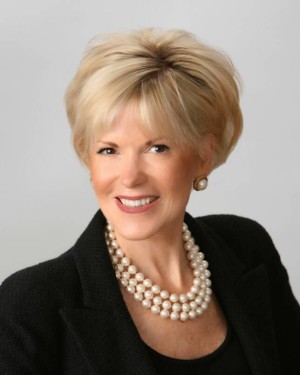Even in the age of multilevel social media platforms, the one-on-one, face-to-face business meeting remains an integral part of the professional landscape and presents a singular opportunity to personally connect, shake a warm hand, look into their eyes and be “well-met” while advancing critical interpersonal relationships.
How we get the highly coveted meeting, the way we prepare for it and the way we conduct ourselves at it should be both tactical and strategic. Think of business meetings as fertile judgment grounds where others instinctively, almost relentlessly evaluate us – our conduct and behavior – because business opportunity is on the table, so to speak.
Therefore, being well-informed and well-prepared – or short-sighted and short-tempered – is observed and evaluated. Being equipped to negotiate, ready to counter and prepared to respond to any possible objection, glitch or question is noticed and judged. Interestingly, other countries place much more emphasis on preparation for the objective of having only one meeting in order to emerge victoriously … there is much we can learn from our cross-cultural neighbors!
Remember: people do business with people they know, like and trust … and at some point, you will want to or should meet your business partners.
Let me invite you on a journey from the parking lot to the boardroom:
Reconfirm meeting the previous day and prepare an agenda to include them.
Learn the company’s dress culture and dress a notch above. You want to fit in, yet present yourself so others look up to you as the consummate professional in your field. Remember, professional attire is never wrong.
Be as close to 100 percent as ready as possible the moment you arrive on client-site because, especially these days with sophisticated security intact, you never know who is watching or listening, or from where.
Think quality in everything from attire to business cards and support materials; briefcases and, yes, even pens should be considered. These are all subtle reflections on you and speak volumes about your quality firm/services. Note: typos, run-ons and incomplete sentences convey the same impression!
Select briefcase size to match your mission. Carrying a large, full briefcase to a 20-minute meeting suggests they are one of many. Your goal is to make them feel like your one and only.
Arrive 15 minutes early, but no more than 15 minutes … they are not literally your only client.
Upon arrival, cell phones and IT devices: Off! You never want to suggest someone or something else is more important.
Introduce yourself to the receptionist and offer your card. Visit the restroom for a final visual and wash and dry hands thoroughly to eliminate clammy hands – the kiss of death!
Pop a breath mint.
STAND in the reception, holding briefcase in your left hand, leaving your right hand free to shake hands.
In the meeting room, exchange business cards before the meeting and strategically align them around your portfolio to use (perfectly pronounced) names when speaking. In high context cultures such as Japan, you honor the most important person by placing their card on the top of your portfolio. Doing so in low context cultures like the U.S. also demonstrates your respect and professionalism – and sets you apart. Your attention to detail is noticed.
Engage in small talk, placing others at ease and make personal client notes. This information can be used in subsequent communications to further relationships.
Sitting And Seating
Remember, the host, always seated first, sits at the “head of the table” – facing the doors. The most important person is seated to host’s right. The second most important person: host’s left. Co-presenters sit opposite the host to gesture, make eye contact, exchange silent signals and together, control the meeting – always the goal. These online videos may be helpful.
Sit (focused) forward and consume much “space;” the perception is powerful. Good posture and eye contact are imperative. Remember, hands belong on the table; you are not “under-handed,” or going to draw a sword or weapon (which is the origin of that phrase).
Refrain from fidgeting, inattentiveness and touching your face or hair. Hosts should stand to introduce versus announce those present and guests should stand for self-introductions. Lean in toward your table as you speak, and make eye contact with each person present so they feel acknowledged, and the connection.
Hosts walk guests to door/elevator/car, referring to the “meeting after the meeting” when it all comes together. Remember to send an email and a handwritten thank-you note within 24 to 48 hours. The longer you wait the less impact the gesture holds.
You are now prepped and properly positioned to personally connect, counter and close at the table.
Judith Bowman, speaker and business protocol coach, is president and founder of Judith Bowman Enterprises and author of “Don’t Take the Last Donut” and “How to Stand Apart @ Work.” She may be reached at Judith@protocolconsultants.com.






